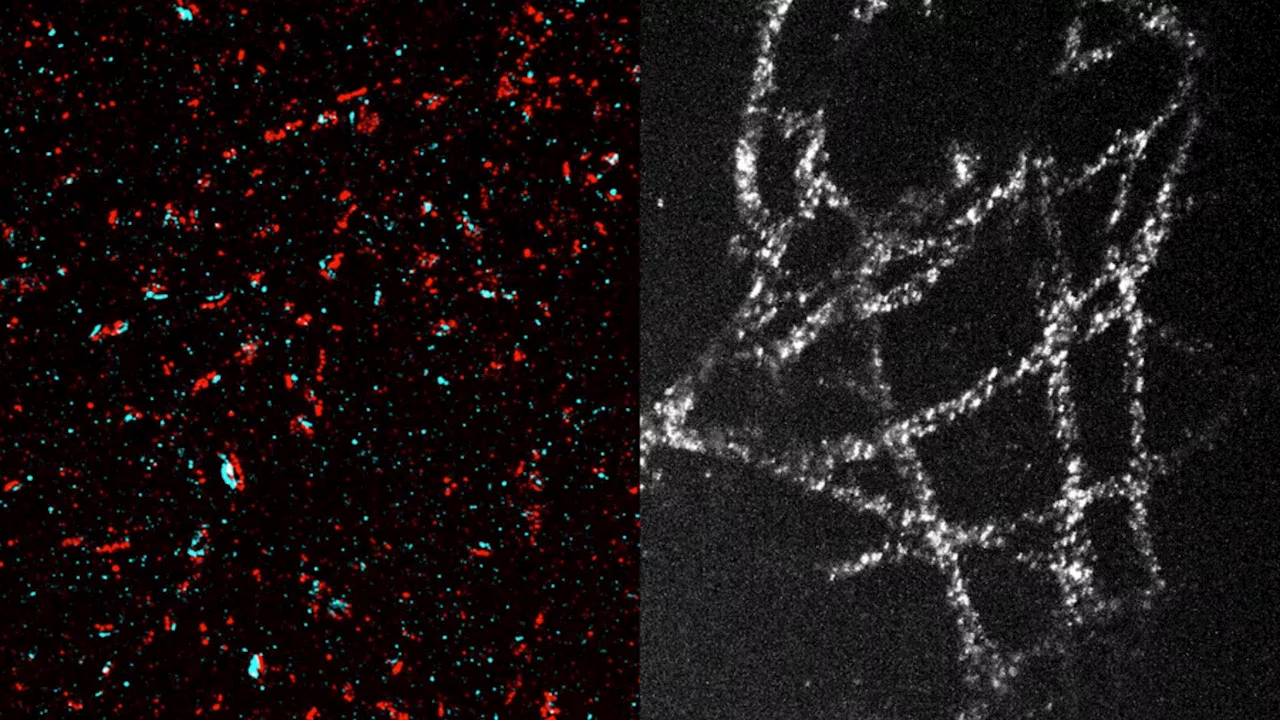Nanoscale 3D transistors made from ultrathin semiconductor materials can operate more efficiently than silicon-based devices, leveraging quantum mechanical properties to potentially enable ultra-low-power AI applications.
Silicon transistors, which are used to amplify and switch signals, are a critical component in most electronic devices, from smartphones to automobiles. But silicon semiconductor technology is held back by a fundamental physical limit that prevents transistors from operating below a certain voltage.
"This is a technology with the potential to replace silicon, so you could use it with all the functions that silicon currently has, but with much better energy efficiency," says Yanjie Shao, an MIT postdoc and lead author of a paper on the new transistors. A transistor's switching slope reflects the sharpness of the"off" to"on" transition. The steeper the slope, the less voltage is needed to turn on the transistor and the greater its energy efficiency.
Such precise engineering enabled them to achieve a sharp switching slope and high current simultaneously. This is possible because of a phenomenon called quantum confinement.
Graphene Electronics Physics Spintronics Research Computers And Internet Quantum Computers Mobile Computing
United States Latest News, United States Headlines
Similar News:You can also read news stories similar to this one that we have collected from other news sources.
 Forget super microscopes, MIT’s tissue expansion makes nanoscale imaging affordableMIT has developed a low-cost technique to image nanoscale structures in tissues using light microscopes by expanding tissue 20-fold.
Forget super microscopes, MIT’s tissue expansion makes nanoscale imaging affordableMIT has developed a low-cost technique to image nanoscale structures in tissues using light microscopes by expanding tissue 20-fold.
Read more »
 Mesmerizing nanoscale video shows oxygen and hydrogen atoms forming waterA new video shows exactly what it looks like when a water molecule forms out of thin air, and it could help us generate more drinking water.
Mesmerizing nanoscale video shows oxygen and hydrogen atoms forming waterA new video shows exactly what it looks like when a water molecule forms out of thin air, and it could help us generate more drinking water.
Read more »
 Watch atoms fuse into world's 'smallest bubble' of water in 1st-of-its-kind 'nanoscale' videoHarry is a U.K.-based senior staff writer at Live Science. He studied marine biology at the University of Exeter before training to become a journalist. He covers a wide range of topics including space exploration, planetary science, space weather, climate change, animal behavior, evolution and paleontology.
Watch atoms fuse into world's 'smallest bubble' of water in 1st-of-its-kind 'nanoscale' videoHarry is a U.K.-based senior staff writer at Live Science. He studied marine biology at the University of Exeter before training to become a journalist. He covers a wide range of topics including space exploration, planetary science, space weather, climate change, animal behavior, evolution and paleontology.
Read more »
 A new method makes high-resolution imaging more accessibleResearchers devised a way to expand tissue 20-fold in a single step. Their simple, inexpensive method could pave the way for nearly any biology lab to perform nanoscale imaging.
A new method makes high-resolution imaging more accessibleResearchers devised a way to expand tissue 20-fold in a single step. Their simple, inexpensive method could pave the way for nearly any biology lab to perform nanoscale imaging.
Read more »
 Quantum shells could help ultrafast detection of high-energy particlesResearchers at the Argonne National Laboratory (ANL) have developed nanoscale quantum shells that can be used alongside powerful X-ray sources like the Advanced Photon Source (APS) for ultrafast detection of high-energy particles and producing high-quality images.
Quantum shells could help ultrafast detection of high-energy particlesResearchers at the Argonne National Laboratory (ANL) have developed nanoscale quantum shells that can be used alongside powerful X-ray sources like the Advanced Photon Source (APS) for ultrafast detection of high-energy particles and producing high-quality images.
Read more »
 Improving biosensors: Turning up the signalResearchers show that the improvements in signal strength during surface-enhanced fluorescence and Raman spectroscopy can extend even through a nanoscale protective layer. This research may lead to significant improvements in the sensitivity of biosensors and the development of novel point-of-care diagnostics.
Improving biosensors: Turning up the signalResearchers show that the improvements in signal strength during surface-enhanced fluorescence and Raman spectroscopy can extend even through a nanoscale protective layer. This research may lead to significant improvements in the sensitivity of biosensors and the development of novel point-of-care diagnostics.
Read more »
